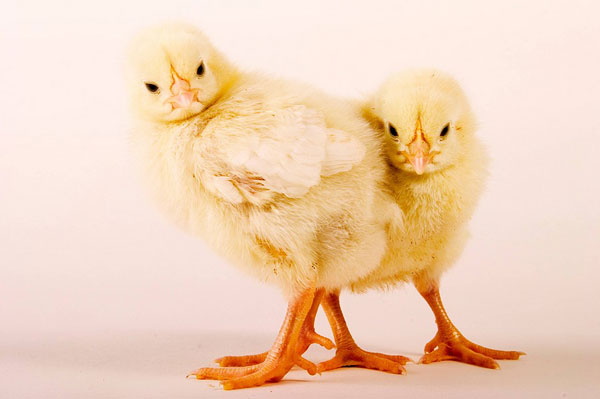The author summarizes the following points based on the “importance of vitamins for chicks” explained by poultry farming equipment manufacturers. As we all know, vitamins are very important for our human body, as well as vitamins are very important for chicks. What kind of role does it have? The following author will explain to you the importance of vitamins for chicks.
Vitamin B3 is also called pantothenic acid. It is a component of coenzyme A, which is involved in the metabolism of carbohydrates, fats and proteins in the body, and can play a role in maintaining the normal function of skin and mucous membranes. It plays an important role in enhancing the color of feathers and improving the resistance to diseases. When chicks lack pantothenic acid, growth is hindered, feathers are rough, and viscous secretions flow out of the eyes. Granules on the eyelids stick the upper and lower eyelids together. There is a hard palate in the beak, mouth and anus, and inflammation in the paws. When the adult chicken lacks pantothenic acid, although there are no obvious symptoms and the egg production rate decreases little, the hatching rate is low and the survival rate of the brooding is low. Pantothenic acid has a certain content in various feeds, and is abundant in alfalfa meal, bran, yeast, and animal feeds, and less in rhizome feeds.

In general, each kilogram of feed should contain pantothenic acid: 10 mg of growing chicken and breeding hens at 0-20 weeks of age, 2.2 mg of commercial laying hens.
Vitamin B4 is also called choline, which is a component of lecithin and acetylcholine. Lecithin participates in metabolism, plays a role in the absorption and conversion of fat, and can prevent the precipitation of fat in the liver. Acetylcholine can maintain nerve conduction function, and choline is a hygienic factor that promotes chick growth. Sufficient choline in the feed can reduce the requirement of methionine, because the methyl group in the choline structure can be used for the body to synthesize methionine, and the methyl group in methionine can also be used for the body to synthesize choline. The methyl transfer process requires the participation of vitamin B12 and folic acid, so the chicken’s requirement for choline is related to the content of methionine, vitamin B12 and folic acid in the feed. When choline is deficient, chicks grow slowly and stunted; adult chickens, especially caged chickens, are susceptible to fatty liver.
Choline is more abundant in animal feed, dried yeast, and oil cake feed. Most protein feeds contain 2 to 4 g of choline per kilogram, while cereal feeds contain very little content, and only 0.5 to 1 g per kilogram of grain feed. Therefore, in corn-based high-energy feeds, pay attention to the addition of choline chloride.
In general, each kilogram of feed should contain choline: 1300 mg of chicks from 0 to 14 weeks old, 500 mg of young chickens, commercial laying hens and breeding hens from 15 to 20 weeks of age.
The above is what the author explained to everyone. When using poultry battery cages in Pakistan to raise chickens, the important role of vitamins in chicks is discussed.